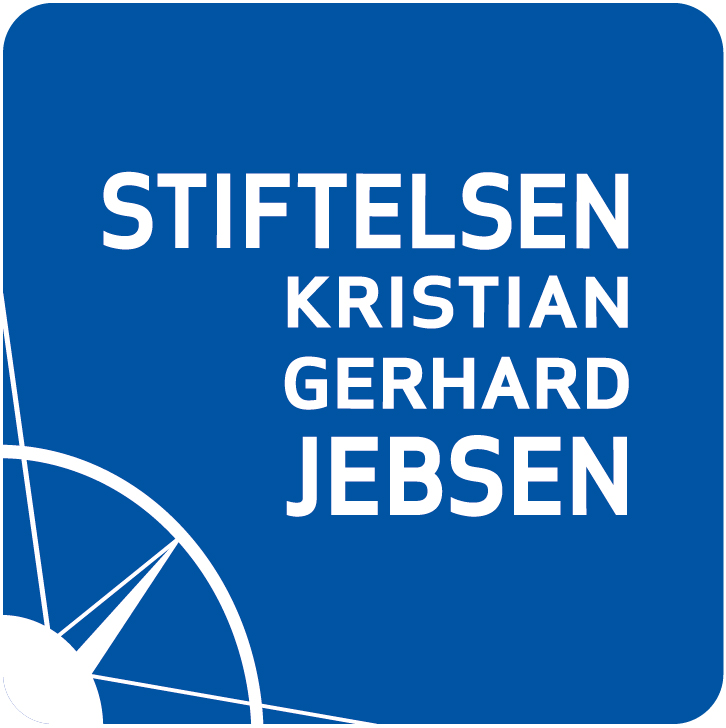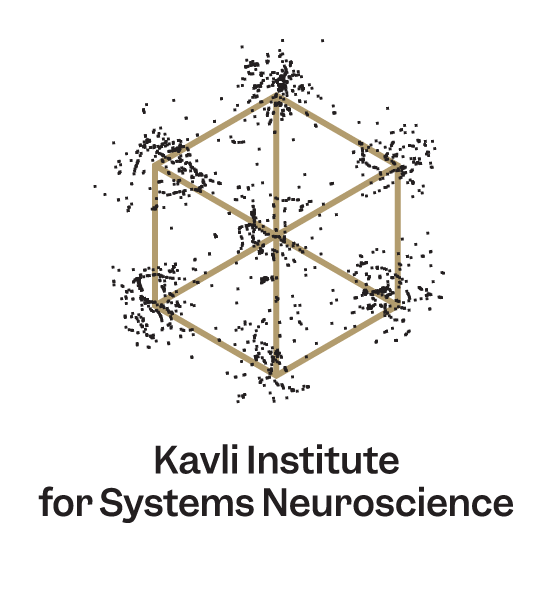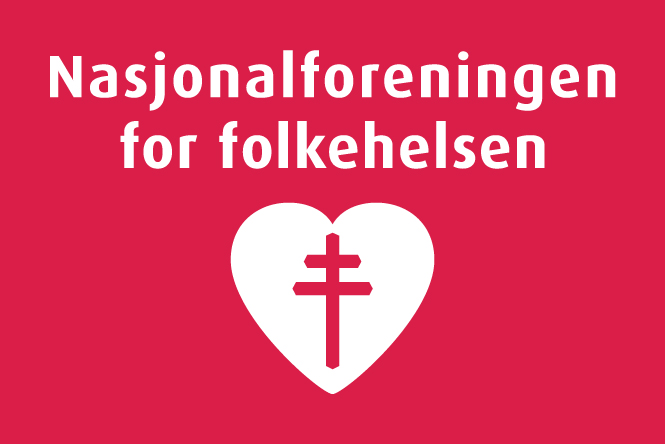WP4- K. G. Jebsen Centre for Alzheimer’s Disease
K.G. Jebsen Centre for Alzheimers Disease
Project 4: Space and time in the human brain: translation to the clinic
Background
In WP4, we shall use non-invasive functional magnetic resonance imaging (fMRI) to translate discoveries in WP 1-3 to the healthy and diseased human brain. Doeller et al. have previously shown that grid cell-like activity can be inferred from human fMRI signals, and that these fMRI responses are impaired in young adults at genetic risk for AD, decades before potential onset of the disease. However, the mechanistic link between neuronal coding in EC grid cells and AD is not well understood. Possible reasons include: (i) studies have not looked for object-based vector coding in EC, although vectors are used for human navigation, (ii) studies have ignored changes over time, and (iii) it is unclear whether AD degeneration starts in LEC or MEC. In WP4 we shall use WP1-2 to guide protocols for measurement of spatial and temporal coding in humans.
Objectives and methods
We shall combine high-resolution 3T and 7T fMRI with virtual-reality (VR) techniques to examine spatial and non-spatial coding in homologue regions of rodent LEC and MEC. MRI measures will be recorded in healthy and early-AD subjects. Behavioural and neuroimaging data will be related to clinical AD measures (CSF biomarkers, PET, combined PET-fMRI, neurological-neuropsychological tests). Subjects will be followed longitudinally.

WP Researchers
-
Marcia Bécu
marcia.becu@ntnu.no -
Tora Bonnevie Associate Professor / Researcher
tora.bonnevie@ntnu.no Department of Neuromedicine and Movement Science -
Moritz Jäckels Ph.D. candidate
moritz.jackels@ntnu.no Department of Neuromedicine and Movement Science -
Ivan Markel Krasovec PhD Candidate
+4740556432 +4740556432 ivan.m.krasovec@ntnu.no Kavli Institute for Systems Neuroscience -
Maryam Ziaei Associate professor
maryam.ziaei@ntnu.no Kavli Institute for Systems Neuroscience





